With fierce competition in the global market, the Vietnamese wood industry needs to continue to innovate and improve to overcome challenges and expand export markets.
Reporter of Industry and Trade Newspaper had an interview with Mr. Ngo Sy Hoai - Vice President and General Secretary of Vietnam Timber and Forest Products Association (VIFORES) on the sidelines of the Trade Promotion Conference with the Vietnamese Trade Office System Abroad last February to clarify the difficulties of the Vietnamese wood industry facing challenges in the new context.
Diversify export markets
PV : In the context of the fluctuating global economy, Vietnamese wood exporting enterprises are facing many challenges, especially from new tax policies of importing countries, typically the United States. What do you think about this issue?
 |
| Mr. Ngo Sy Hoai - Vice President and General Secretary of the Vietnam Timber and Forest Products Association (VIFORES). Photo: D.N |
- Mr. Ngo Sy Hoai : In the first two months of this year, Vietnam's wood export situation faced difficulties due to the impact of trade protection policies from the United States - the main consumer market, accounting for more than 50% of Vietnam's total wood export value. Notably, recently, President Donald Trump has made moves to investigate and potentially impose taxes on wood products, including the risk of imposing a 25% tax on imported sawnwood and forestry products.
Vietnamese businesses are currently facing difficulties in negotiating and signing contracts with US partners due to the instability of these tax policies.
In that context, maintaining and expanding export markets is urgent for the Vietnamese wood industry. However, finding alternative markets is not easy. Although there have been efforts to expand to markets such as New Zealand, the Middle East, etc., the scale of these markets is still quite small, unable to fully compensate for the decline from the US market. Vietnam must affirm its position through product quality and supply capacity to continue to maintain the US market.
More importantly, the Vietnamese wood industry needs to implement long-term measures such as strengthening the value chain, building sustainable brands and improving processing techniques to be able to compete globally. At the same time, the Government and wood industry associations need to actively participate in international trade negotiations to minimize risks from unfavorable tax policies of trading partners.
In terms of trade relations, Vietnam is not only an exporter but also a large importer of wood materials from the United States. This shows the interdependence and the need to maintain a mutually beneficial bilateral trade relationship. This not only helps stabilize the supply of raw materials for the Vietnamese wood industry but also promotes the sustainable development of the entire industry.
With increasingly fierce competition in the global market, the Vietnamese wood industry needs to continue to innovate and improve to overcome immediate challenges, aiming for sustainable development in the future.
Practical action needed to support the industry
PV: In the context of the US imposing new taxes, as a representative of Vietnamese wood enterprises, what recommendations do you have for the Government to support the industry, sir?
- Mr. Ngo Sy Hoai : In the context of the new US tax policy that may cause difficulties for the Vietnamese wood industry, wood exporting enterprises recommend that the Government, including the Ministry of Industry and Trade, the Ministry of Finance, the Ministry of Agriculture and Environment, and related ministries and sectors, need to consider and take practical actions to support the industry.
In 2024, Vietnam imported US$323 million worth of wood from the US, of which US$300 million was round wood with a zero tax rate, but the remaining US$23 million was processed products from the US that are subject to a 20-25% tax.
 |
| In 2024, Vietnam imported wood worth 323 million USD from the United States. Photo: Hawa |
Currently, most of Vietnam’s exports to the US are not subject to tariffs, but products such as plywood are still subject to an 8% tax. Although the two countries have given each other maximum incentives, Vietnam still needs to be cautious if the US decides to apply reciprocal tariffs to protect its domestic market.
To maintain the current export position, businesses emphasized the importance of specific support measures from the Government, which not only helps the wood industry continue to develop but also creates favorable conditions for maintaining and expanding export markets, contributing to stabilizing the national economy.
PV: Currently , Vietnamese wood enterprises are facing many difficulties related to wood traceability. So, in your opinion, what solutions need to be implemented to support enterprises in expanding export markets ?
- Mr. Ngo Sy Hoai : In the wood industry, the current prominent issue is the traceability of wood, especially at the household level, which creates significant difficulties for businesses expanding their markets.
When farmers sell wood, they themselves do not have any tax problems, but when the wood passes through the hands of traders to the factory, this becomes a complicated "problem". Most traders are not registered and do not have valid invoices and documents, causing difficulties for businesses when purchasing raw materials, because they are required to collect all the documents to complete the value-added tax dossier and to explain to the authorities. This creates a cumbersome workflow and wastes time and resources for businesses.
In fact, businesses have repeatedly petitioned the authorities to find solutions to reduce the burden of this legal procedure. Accordingly, I believe that there needs to be inter-sectoral cooperation to find a feasible direction, in order to create more favorable conditions for businesses in the operating process.
Effective cooperation between parties including farmers, traders and intermediary processing enterprises will help optimize the supply chain and bring benefits to all parties involved. In the current context, simplifying legal procedures and creating favorable conditions for businesses will not only help increase the competitiveness of the Vietnamese wood industry in the international market but also ensure the sustainable economic development of the industry.
Thank you very much!
| To help Vietnamese goods in general and wood products in particular have the opportunity to be exported to the US market, Mr. Hoai recommended that businesses urgently develop a specific roadmap for Vietnam to protect its trade interests against potential tariffs from the Trump administration, while strengthening strategic cooperation with the US to ensure sustainable development in bilateral relations between the two countries. |
Source: https://congthuong.vn/tang-nang-luc-canh-tranh-mo-rong-thi-truong-xuat-khau-go-377314.html








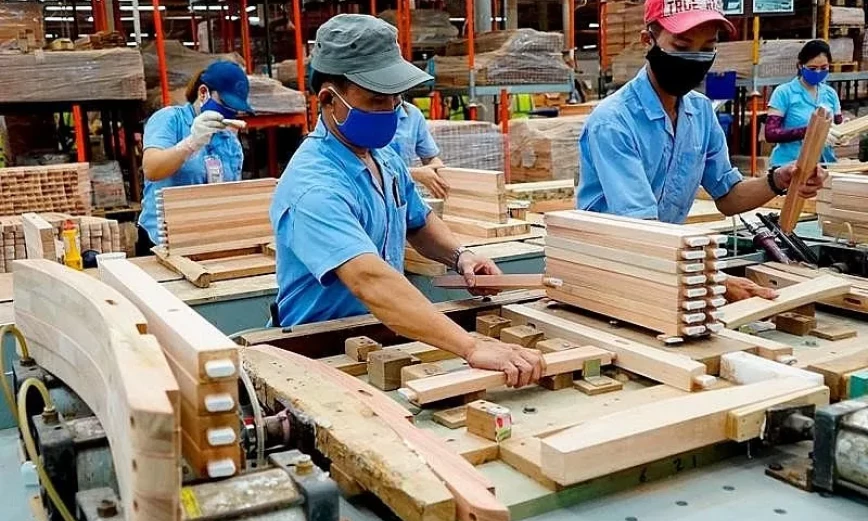

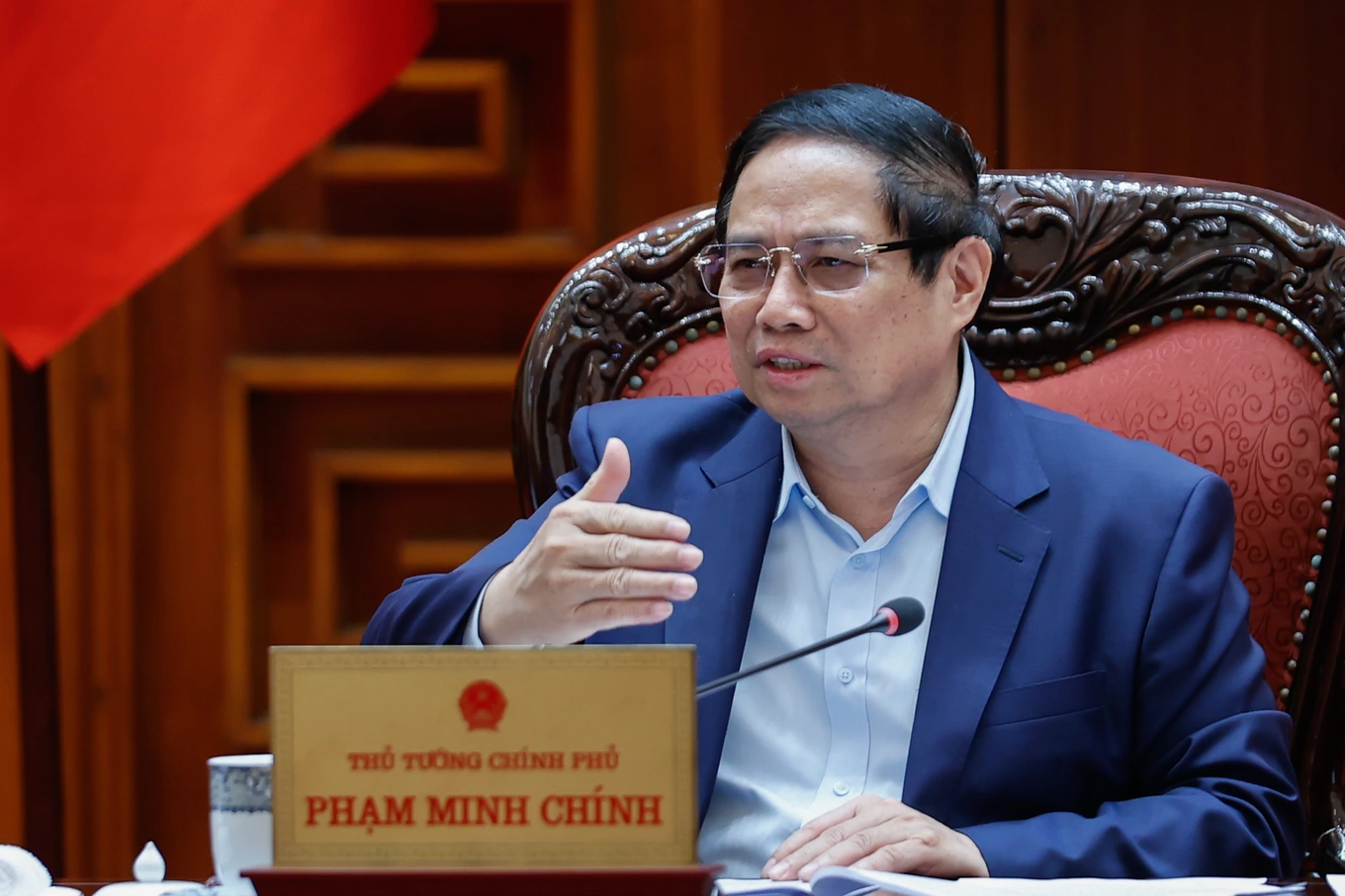







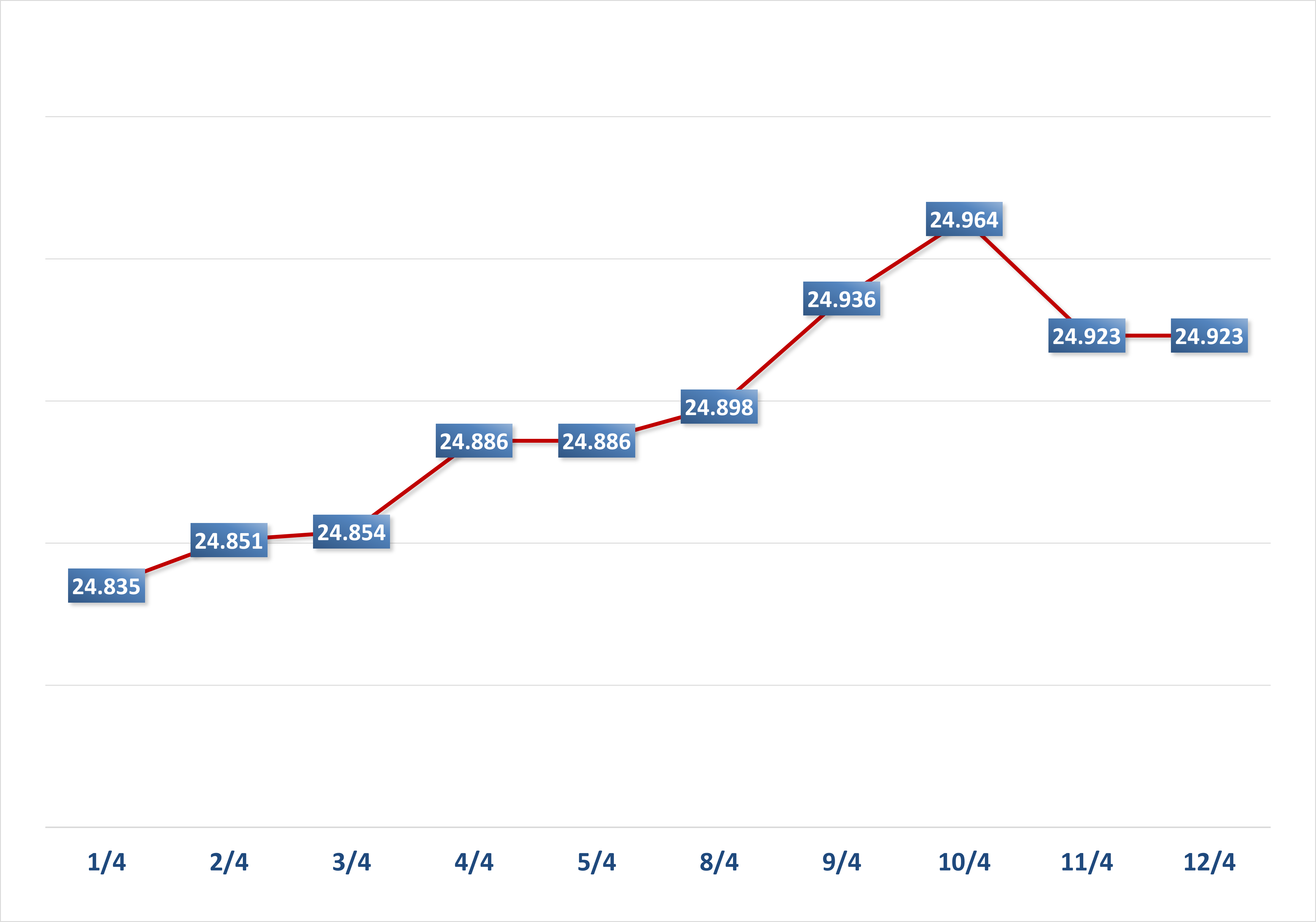








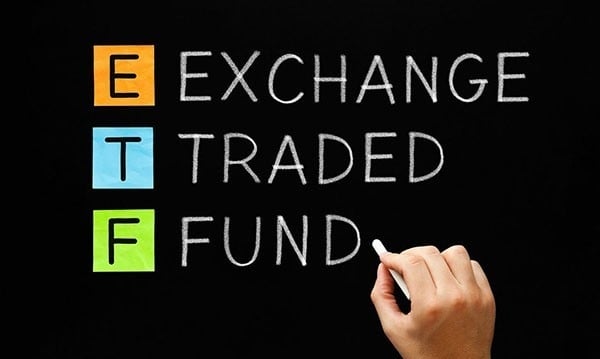
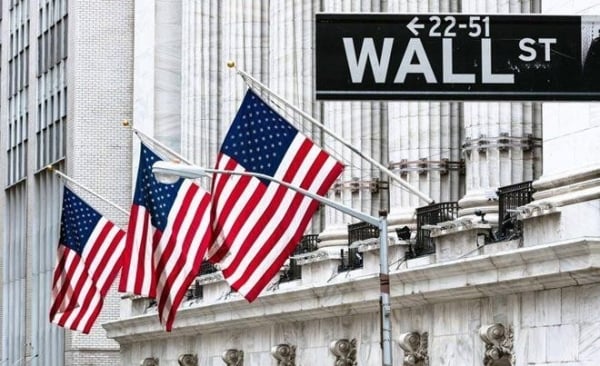
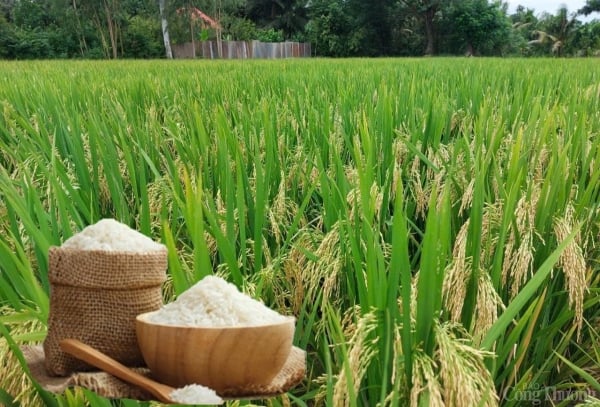

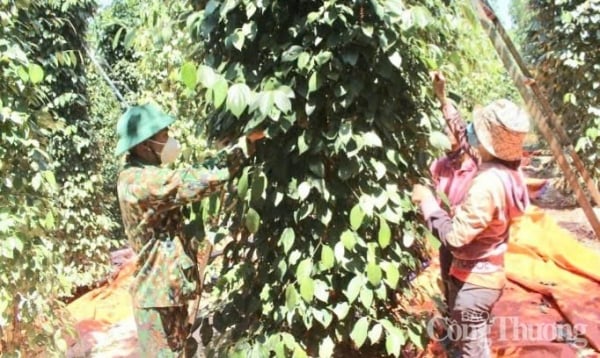
![[Photo] "Beauties" participate in the parade rehearsal at Bien Hoa airport](https://vstatic.vietnam.vn/vietnam/resource/IMAGE/2025/4/11/155502af3384431e918de0e2e585d13a)





























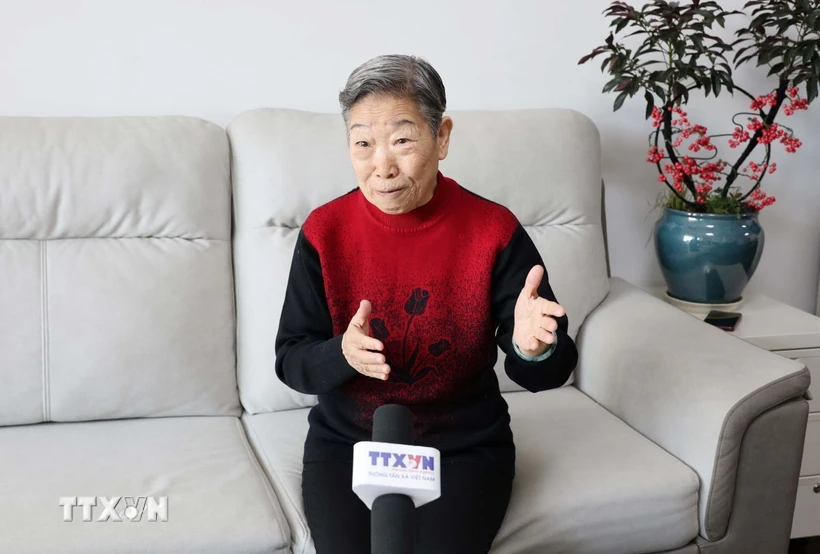
































Comment (0)